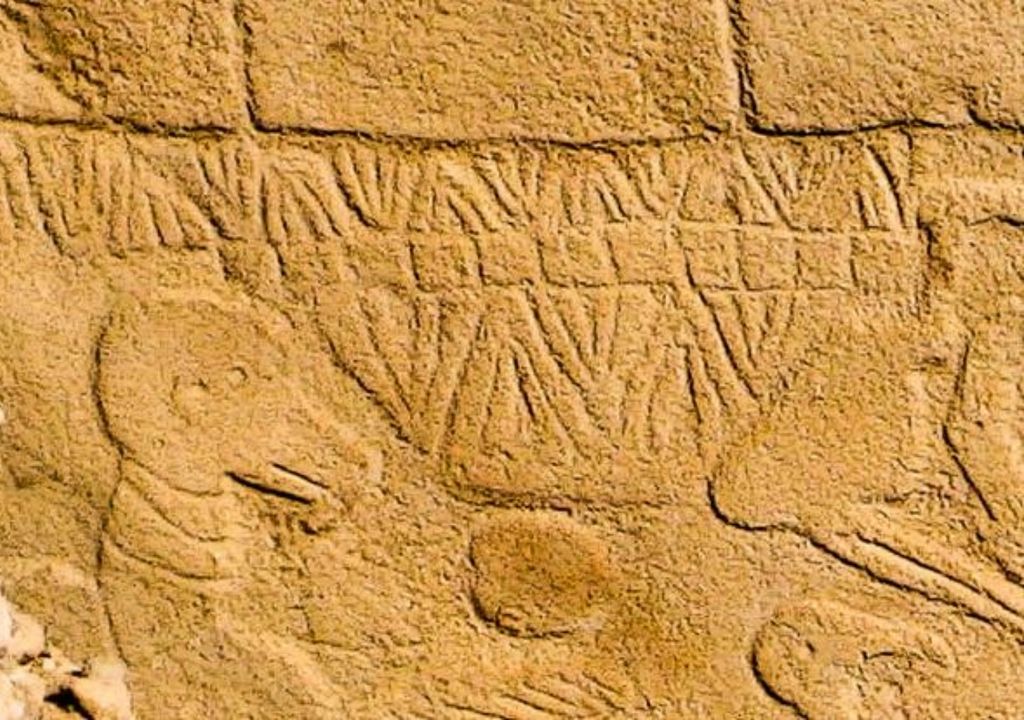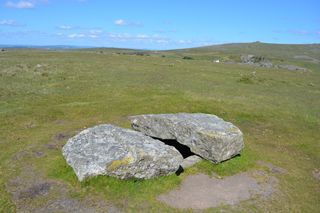Carvings found at ancient temple in Turkey: The world’s oldest calendar?
The markings found on a stone pillar at an ancient temple in Turkey likely represent the world’s oldest calendar, and were likely created to remember a devastating comet strike.

The markings were discovered at Göbekli Tepe in southern Turkey, at an ancient complex of temple-like enclosures. They may be the record of an astronomical event which triggered a shift in human civilisation.
The research suggests that ancient people recorded their observations of the sun, moon, and constellations to make a solar calendar, keep track of the passage of time, and mark the changing of the seasons.
V-shaped markings = 1 day
New studies of the V-shaped marks carved onto the pillars of the Turkish site suggest that each V could equal one day. This interpretation of the markings has allowed researchers to count a solar calendar of 365 days on a single pillar, made of 12 lunar months and 11 extra days.
The Summer Solstice is depicted as a separate, special day, and is marked as a V worn around the neck of a bird-like creature. This creature is thought to represent the summer solstice constellation during that period of history. Other statues located nearby, thought to represent deities, have also been found wearing similar V markings at the neck.
As both the moon and sun’s cycles are recorded, the carvings could world’s earliest lunisolar calendar, a calendar based on the phases of the moon and the position of the sun. This type of calendar predates other known calendars by many millennia.

Ancient people could have made these carvings at Göbekli Tepe to record the date that a flurry of comet fragments struck Earth around 13,000 years ago. The comet strike is thought to have triggered a mini ice age which lasted 1,200 years, contributing to the extinction of many large animals.
It could have also meant people had to change their lifestyle or agricultural practices and could be linked to the birth of civilisation soon after in the fertile crescent of West Asia. Another pillar at the temple location appears to show the Taurid Meteor Storm, which could have been the source of the comet fragments, which lasted 27 days.
The site could also confirm the notion that ancient people were able to record dates using precession, the wobble in Earth’s axis which affects the movement of the constellations across the sky, around 10,000 years before this was recorded by Hipparchus of Ancient Greece in the year 150BC.
Comet fragments created new cults?
The carvings remained important to the people of the temple for millennia, implying that the impact event may have created a new cult or religion that influenced new developments in civilisation.
The carvings also support the theory that the Earth could face increased comet strikes as its orbit crosses the path of circling comet fragments.
“It appears the inhabitants of Göbekli Tepe were keen observers of the sky, which is to be expected given their world had been devastated by a comet strike. This event might have triggered civilisation by initiating a new religion and by motivating developments in agriculture to cope with the cold climate. Possibly, their attempts to record what they saw are the first steps towards the development of writing millennia later.” said Dr Martin Sweatman, from the University of Edinburgh’s School of Engineering, who led the research.
Source of the news:
Sweatman, M.B. (2024). Representations of calendars and time at Göbekli Tepe and Karahan Tepe support an astronomical interpretation of their symbolism. Time and Mind, pp.1–57. DOI: https://doi.org/10.1080/1751696x.2024.2373876








